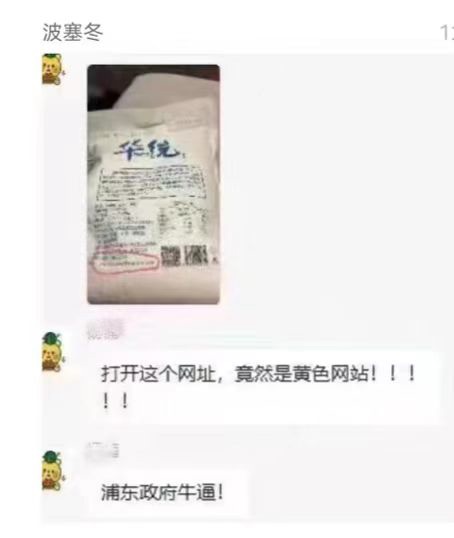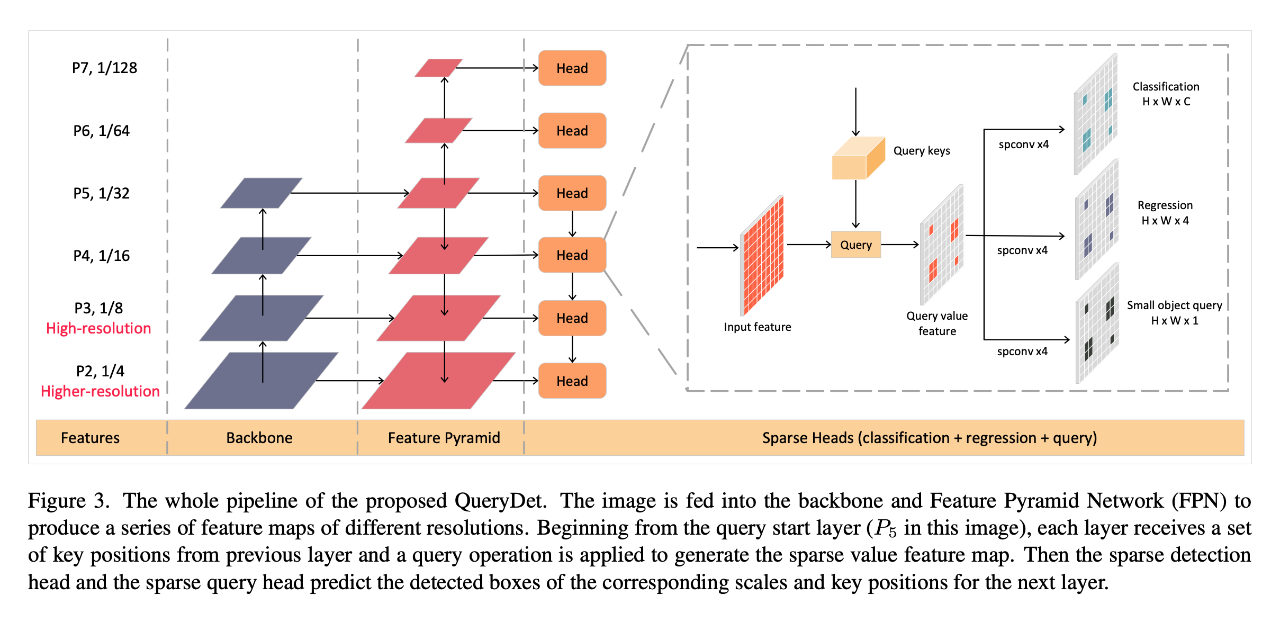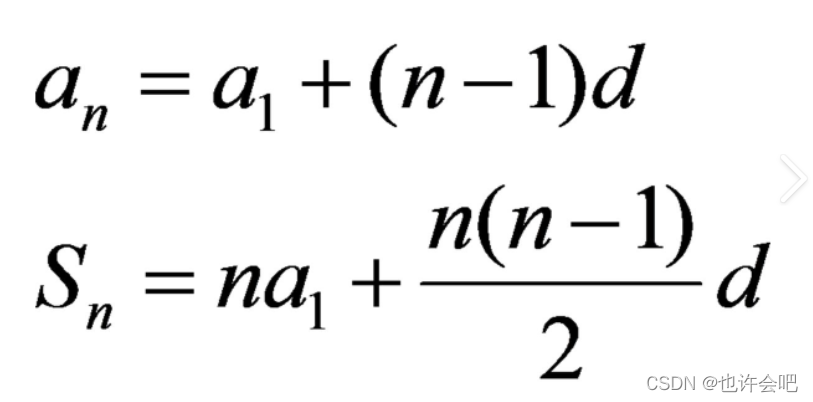当前位置:网站首页>LeetCode 232、用栈实现队列
LeetCode 232、用栈实现队列
2022-04-23 20:23:00 【亡于灬】
232、用栈实现队列
1)题目描述
请你仅使用两个栈实现先入先出队列。队列应当支持一般队列支持的所有操作(push、pop、peek、empty):
实现 MyQueue 类:
void push(int x)将元素 x 推到队列的末尾int pop()从队列的开头移除并返回元素int peek()返回队列开头的元素boolean empty()如果队列为空,返回true;否则,返回false
说明:
- 你 只能 使用标准的栈操作 —— 也就是只有
push to top,peek/pop from top,size, 和is empty操作是合法的。 - 你所使用的语言也许不支持栈。你可以使用 list 或者 deque(双端队列)来模拟一个栈,只要是标准的栈操作即可。
示例 1:
输入:
["MyQueue", "push", "push", "peek", "pop", "empty"]
[[], [1], [2], [], [], []]
输出:
[null, null, null, 1, 1, false]
解释:
MyQueue myQueue = new MyQueue();
myQueue.push(1); // queue is: [1]
myQueue.push(2); // queue is: [1, 2] (leftmost is front of the queue)
myQueue.peek(); // return 1
myQueue.pop(); // return 1, queue is [2]
myQueue.empty(); // return false
提示:
1 <= x <= 9- 最多调用
100次push、pop、peek和empty - 假设所有操作都是有效的 (例如,一个空的队列不会调用
pop或者peek操作)
2)分析
由于栈是先进后出,队列是先进先出,可以使用两个栈来实现顺序的调换。
3)C++代码
class MyQueue {
public:
stack<int> s1;
stack<int> s2;
MyQueue() {
}
void push(int x) {
s1.push(x);
}
int pop() {
if(s2.empty()){
while(!s1.empty()){
s2.push(s1.top());
s1.pop();
}
}
int res=s2.top();
s2.pop();
return res;
}
int peek() {
if(s2.empty()){
while(!s1.empty()){
s2.push(s1.top());
s1.pop();
}
}
int res=s2.top();
return res;
}
bool empty() {
return s1.empty()&&s2.empty();
}
};
/** * Your MyQueue object will be instantiated and called as such: * MyQueue* obj = new MyQueue(); * obj->push(x); * int param_2 = obj->pop(); * int param_3 = obj->peek(); * bool param_4 = obj->empty(); */
版权声明
本文为[亡于灬]所创,转载请带上原文链接,感谢
https://blog.csdn.net/qq_38342510/article/details/124360499
边栏推荐
- Leetcode dynamic planning training camp (1-5 days)
- Change the material of unity model as a whole
- 考研英语唐叔的语法课笔记
- The market share of the financial industry exceeds 50%, and zdns has built a solid foundation for the financial technology network
- ArcGIS js api 4. X submergence analysis and water submergence analysis
- Operation of numpy array
- Fundamentals of network communication (LAN, Wan, IP address, port number, protocol, encapsulation and distribution)
- DTMF双音多频信号仿真演示系统
- Building the tide, building the foundation and winning the future -- the successful holding of zdns Partner Conference
- 論文寫作 19: 會議論文與期刊論文的區別
猜你喜欢

上海回應“面粉官網是非法網站”:疏於運維被“黑”,警方已立案

. Ren -- the intimate artifact in the field of vertical Recruitment!

Linux64Bit下安装MySQL5.6-不能修改root密码

Scrapy教程 - (2)寫一個簡單爬蟲
Handwritten Google's first generation distributed computing framework MapReduce

What is the difference between a host and a server?
![[latex] 5 how to quickly write out the latex formula corresponding to the formula](/img/1f/3c5a332ce1d6852dde38040faea5bf.png)
[latex] 5 how to quickly write out the latex formula corresponding to the formula

CVPR 2022 | querydet: use cascaded sparse query to accelerate small target detection under high resolution

selenium. common. exceptions. WebDriverException: Message: ‘chromedriver‘ executable needs to be in PAT

【PTA】L1-002 打印沙漏
随机推荐
Numpy mathematical function & logical function
NC basic usage 4
ArcGIS js api 4. X submergence analysis and water submergence analysis
Tencent Qiu Dongyang: techniques and ways of accelerating deep model reasoning
Recognition of high-speed road signs by Matlab using alexnet
网络通信基础(局域网、广域网、IP地址、端口号、协议、封装、分用)
R language uses econocrats package to create microeconomic or macroeconomic map, visualize indifference function indifference curve, customize calculation intersection, and customize the parameters of
Installation and use of NVM
Record: call mapper to report null pointer Foreach > the usage of not removing repetition;
The R language uses the timeroc package to calculate the multi time AUC value of survival data without competitive risk, and uses the confint function to calculate the confidence interval value of mul
Linux64Bit下安装MySQL5.6-不能修改root密码
WordPress plug-in: WP CHINA Yes solution to slow domestic access to the official website
Unity 模型整体更改材质
PCL点云处理之基于PCA的几何形状特征计算(五十二)
Azkaban recompile, solve: could not connect to SMTP host: SMTP 163.com, port: 465 [January 10, 2022]
【PTA】L1-006 连续因子
ArcGIS JS version military landmark drawing (dovetail arrow, pincer arrow, assembly area) fan and other custom graphics
Paper writing 19: the difference between conference papers and journal papers
6-5 字符串 - 2. 字符串复制(赋值) (10 分)C语言标准函数库中包括 strcpy 函数,用于字符串复制(赋值)。作为练习,我们自己编写一个功能与之相同的函数。
Devexpress 14.1 installation record
